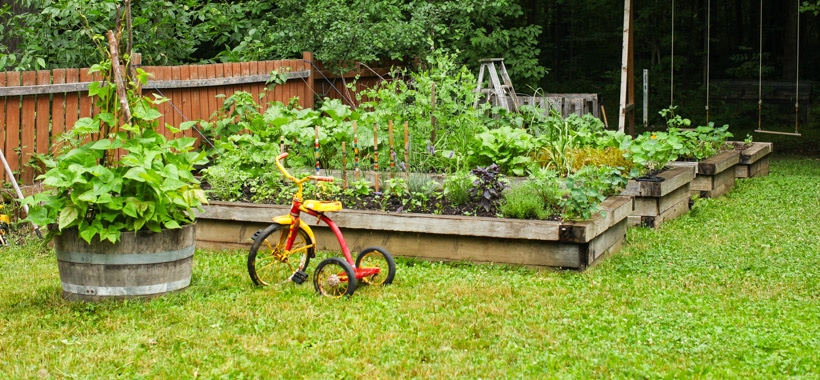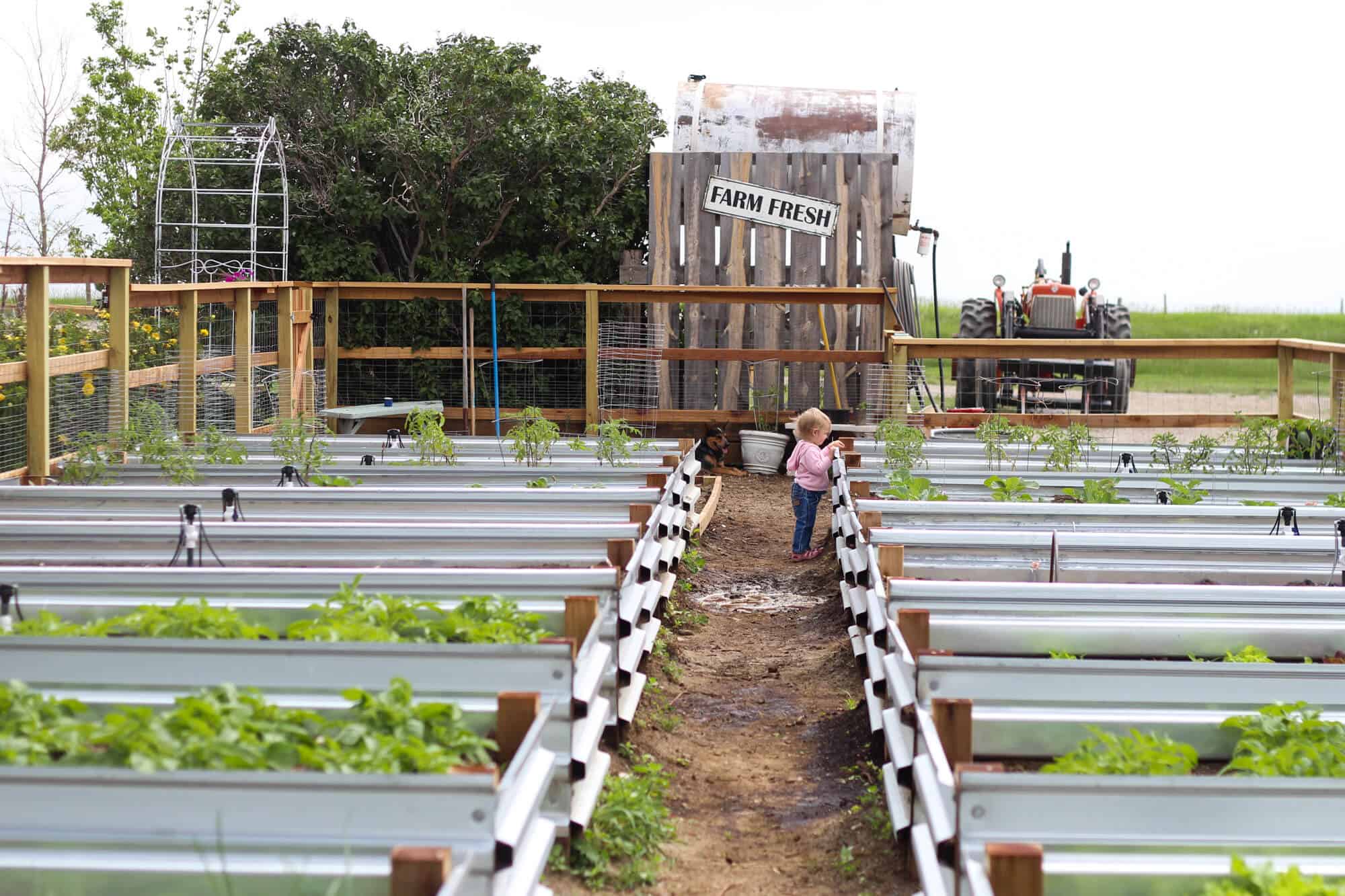Discover Essential Tips for Effective Gardening Techniques and Practices
Horticulture, often seen as a straightforward pastime, includes a variety of strategies and practices that can substantially affect the outcome of your efforts. By prioritizing necessary components such as soil health, efficient sprinkling approaches, and ideal plant selection, gardeners can produce a successful ecological community that sustains vibrant growth. Recognizing the subtleties of parasite monitoring and seasonal upkeep can better boost efficiency. Yet, several fanatics forget critical information that can make or damage their horticulture success-- discovering these ignored elements may reveal the key to cultivating a prospering yard.
Understanding Dirt Health
Dirt health and wellness is an essential aspect of effective gardening, as it straight influences plant development, nutrient schedule, and community equilibrium. Healthy dirt is characterized by an abundant biodiversity of microorganisms, organic issue, and a balanced pH degree, which together produce a setting favorable to plant growth.
To understand dirt wellness, one should consider its physical, chemical, and organic buildings. The texture and structure of soil affect its capability to retain wetness and nutrients, while the chemical make-up determines the accessibility of essential aspects like potassium, nitrogen, and phosphorus. Regular soil testing is critical to assess these elements, enabling garden enthusiasts to make enlightened decisions concerning changes and plant foods.
Moreover, promoting biological activity within the soil is crucial for keeping its wellness. Practices such as composting, plant turning, and making use of cover crops can enhance microbial diversity, improve nutrient cycling, and decrease soil erosion. By prioritizing soil health, gardeners not only optimize plant growth but also add to a sustainable ecosystem, ensuring that their gardening practices are environmentally liable and resistant gradually.
Efficient Watering Techniques
Ensuring that plants get the ideal quantity of water is crucial for their health and wellness and growth, particularly when paired with a strong foundation of soil health (Homestead Gardening). Reliable sprinkling methods can considerably impact plant vigor, minimizing water waste and promoting optimum advancement
One basic technique is deep watering, which encourages origins to grow much deeper into the dirt, enhancing dry spell resistance. This technique commonly includes sprinkling less regularly but in bigger quantities, permitting moisture to pass through the root zone extensively. Timing is likewise crucial; early morning is the ideal time to water, as it lessens dissipation and enables vegetation to dry throughout the day, reducing illness threats.
Additionally, utilizing compost can help maintain dirt moisture and control temperature level, further helping reliable watering methods. Making use of a drip watering system can also supply targeted dampness directly to the roots, making sure that water gets to where it's most needed while conserving resources.
Monitoring rainfall and soil wetness degrees can lead adjustments in your watering routine, making sure plants obtain regular hydration without over-saturation. By adopting these effective watering methods, garden enthusiasts can cultivate a thriving environment for their plants to thrive.
Plant Choice and Positioning
Exactly how can the right plant option and critical positioning transform a garden into a prospering environment? The harmony in between plant selections and their positioning is critical for developing a vibrant garden. When selecting plants, consider factors such as climate, dirt kind, and sunshine direct exposure. Indigenous types are commonly the most effective selection as they are adjusted to regional conditions and require less upkeep.
Strategic positioning includes organizing plants according to their growth behaviors and demands. Taller plants must be positioned at the rear of boundaries to avoid shading much shorter plants. Furthermore, grouping home plants with comparable water and light demands can enhance their development and minimize competition for resources.
Integrating a variety of plants not just includes aesthetic allure however additionally advertises biodiversity, attracting beneficial pests and pollinators. Think about the seasonal adjustments in your yard; select a mix of annuals, perennials, and evergreens to ensure year-round passion.
Lastly, bear in mind to evaluate the fully grown size of plants prior to planting to prevent congestion and guarantee ample air flow. Thoughtful plant option and tactical positioning create an unified setting, allowing your yard to flourish while lessening obstacles.
Insect and Condition Management
Efficient parasite and disease administration is crucial for maintaining a healthy and balanced yard ecosystem - Homestead Gardening. A positive strategy, combining cultural, organic, and chemical approaches, can significantly minimize the influence of pests and diseases on your plants

Biological controls, such as introducing advantageous bugs like ladybugs or predative mites, can keep bug populations in check without hurting the atmosphere. Furthermore, preserving plant health and wellness with appropriate watering, fertilization, and pruning will bolster their resilience versus illness.
When intervention is essential, go with targeted chemical therapies, making certain to adhere to application standards to lessen damage to non-target organisms. Always prioritize lasting techniques, as they advertise long-lasting garden health and ecological equilibrium. By incorporating these techniques, gardeners can effectively take care of parasites and illness, ensuring flourishing plants and an efficient garden.

Seasonal Upkeep Practices
In springtime, focus on dirt preparation by screening pH levels and adding required modifications. On a regular basis examine arising plants for insects and illness.
As summertime approaches, make certain sufficient watering while keeping track of this contact form for indicators of tension or condition. Prune back thick plants to encourage air flow and lower humidity around vegetation. This practice not only improves plant health however additionally promotes flowering and fruiting.
With the arrival of fall, it's time to prepare for winter season. Tidy up fallen leaves and debris to stop pest invasions, and take into consideration planting cover crops to enhance dirt health. This season is likewise excellent for dividing perennials and planting spring-flowering light bulbs.
Final Thought
Effective gardening hinges on the combination of sound practices in dirt wellness, watering, plant choice, bug administration, and seasonal maintenance. By prioritizing dirt screening and microbial diversity, employing reliable sprinkling methods, and choosing appropriate plants, garden enthusiasts can develop prospering communities.
By prioritizing essential components such as dirt health, effective sprinkling techniques, and appropriate plant option, garden enthusiasts can create a growing ecological community that supports vibrant development. By prioritizing dirt health and wellness, gardeners not just enhance plant development however likewise contribute to a sustainable ecological community, making certain that their horticulture techniques are ecologically liable and durable over time.
Taller plants should be positioned at the back of borders to protect against shielding much shorter plants. Tidy up fallen leaves and debris to protect against insect problems, and take into consideration planting cover plants to improve dirt health.Successful gardening joints on the combination of audio practices in dirt health, watering, Find Out More plant choice, parasite management, and seasonal upkeep.